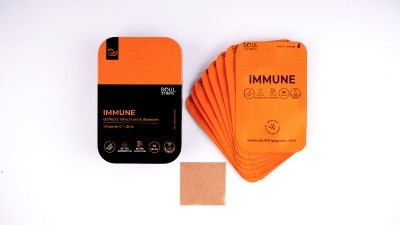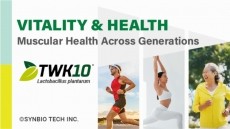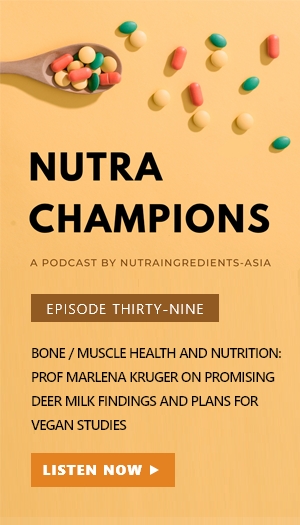Vitamin D deficiency linked with higher COVID-19 mortality and severity of symptoms – China study

In addition to vitamin D, researchers could make more accurate predictions of mortality rate by looking at the serum levels of interleukin-5 (IL-5) and eosinophil (Eos).
For example, IL-5 levels were significantly higher in patients with vitamin D deficiency than those who have normal or insufficient vitamin D status.
Eos levels, on the other hand, were highest in patients with patients who had general COVID-19 symptoms, and lowest in patients who were in critical stage or had passed away from COVID-19.
Interleukin-5 is a pro-inflammatory cytokine, while eosinophil is one of the white blood cells for supporting the immune system.
Writing in Virology Journal, the researchers conducted the observational study on 399 hospitalised COVID-19 patients between December last year and February this year.
The COVID-19 patients were categorised into three groups based on the circulating serum 25(OH)D levels at hospital admission, namely the vitamin D normal, insufficient, or deficient group.
Normal vitamin D status is defined as have a serum 25(OH)D of at least 30 ng/mL, insufficient vitamin D status defined as a serum 25(OH)D level of 20 to 29 ng/mL, and deficient vitamin D status as less than 20 ng/mL, based on Russian and international guidelines used in this study.
The researchers also measured IL-5, Eos, d-dimer, CD4+ T-cell etc.
Aside from vitamin D status, the COVID-19 patients were also categorised into four groups based on their subsequent health conditions, namely: general (175), severe (149), critical (75), and deceased (42) group.
Analysis showed that serum 25(OH)D levels were the lowest in patients who have died from COVID-19 and the levels were significantly lower than patients from the other three groups.
In fact, the study identified the 25(OH)D level that was able to predict COVID-19 mortality as less than 36.04 ng/mL.
The researchers said that the predictability of COVID-19 mortality was higher when serum 25(OH)D, IL-5 levels, and Eos were considered in tandem.
In this case, a serum 25(OH)D level of less than 36.04 ng/mL, combined with an IL-5 level of more than 1.70 pg/mL, and an Eos count of less than 0.015, could give a predictive value of COVID-19 related death.
“Serum 25(OH)D, IL-5, and Eos levels together had a better diagnostic value for COVID-19 severity than any indicator alone,” said the researchers.
“In our study, we found that most COVID-19 patients had vitamin D deficiency, and vitamin D status was associated with the severity of COVID-19 during the acute infection phase.
“Serum 25(OH)D levels combined with IL-5 levels and Eos counts could serve as predictors of early COVID-19-related mortality. However, the potential mechanism requires further exploration,” said the researchers.
Nearly four in five vitamin D deficient
Nearly four in five patients (77.4 per cent) were deficient in vitamin D, based on the findings.
Another 15.3 per cent of them had insufficient vitamin D and only 7.3 per cent had normal vitamin D status.
“In our study, we found that most COVID-19 patients had vitamin D deficiency, and vitamin D status was associated with the severity of COVID-19 during the acute infection phase…
“Circulating 25(OH)D status correlated negatively with the expression of IL-5 and was positively linked with CD8+ T cell counts in patients with COVID-19,” said the researchers, adding that the potential mechanism for the relationship was worth further exploration.
Source: Virology Journal
Vitamin D status in hospitalized COVID-19 patients is associated with disease severity and IL-5 production
https://doi.org/10.1186/s12985-023-02165-1
Authors: Qiu, Y., Bao, W., Tian, X. et al.


















